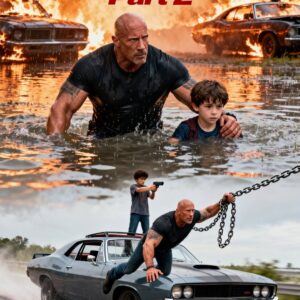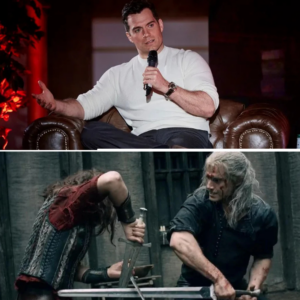From Hogwarts to the Multiverse – The influence of one Harry Potter sequence on MCU.

Looking at the Harry Potter films in retrospect, it’s clear that JK Rowling’s magical franchise not only witnessed unprecedented success but also extended its influence far beyond the magical world of Hogwarts. Take, for example, Daniel Radcliffe and Emma Watson’s time-traveling scene in Prisoner of Azkaban–no one could have predicted that the iconic sequence would lay the groundwork for an MCU storyline.
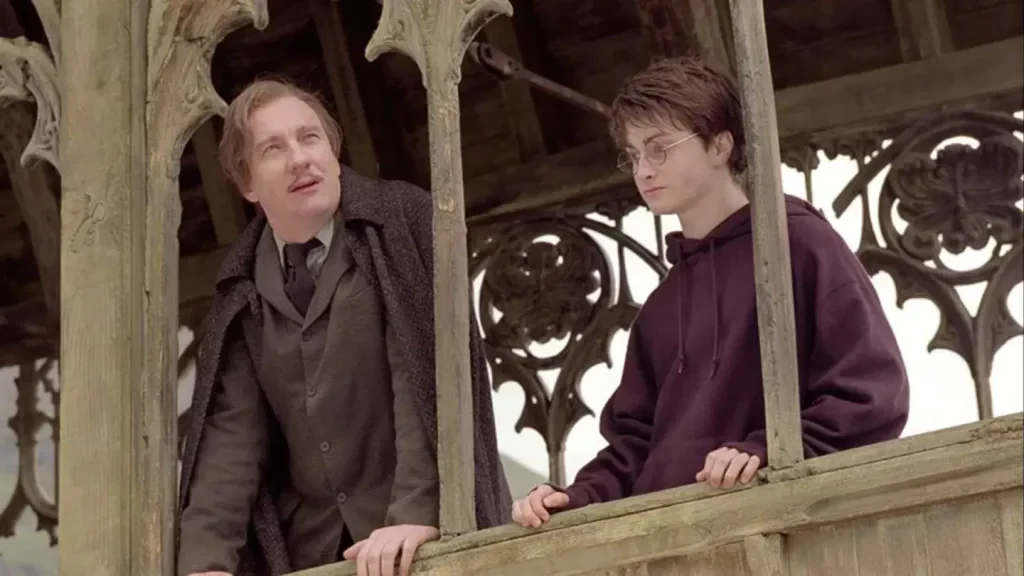
Well, when it comes to fantasy, anything can happen. So it seems, screenwriter Stephen McFeely got inspired by the memorable moment in Harry Potter and the Prisoner of Azkaban, and used the clever plot device for Avengers: Endgame. The elegant mechanics of the time-turner scene provided a blueprint for crafting the time-travel narrative that later became central to the MCU storyline.
MCU Took Inspiration from Daniel Radcliffe and Emma Watson’s Harry Potter Scene
When Daniel Radcliffe and Emma Watson appeared in Alfonso Cuarón’s Harry Potter and the Prisoner of Azkaban, no one imagined or even guessed how the film would later help lay the groundwork for one of the most critical storylines in modern cinematic history. One particularly iconic moment from the third installment of J.K. Rowling’s beloved series not only captivated audiences but also served as a crucial influence on the Marvel Cinematic Universe.
The scene in question is Daniel Radcliffe and Emma Watson’s time-traveling sequence in Harry Potter and the Prisoner of Azkaban, which shaped the time-travel mechanics in the MCU. According to Christopher Markus and Stephen McFeely’s interview with genius ComicBook.com, the screenwriters revealed finding resonance in how the Harry Potter film incorporated the unexpected element of time travel. McFeely shared:
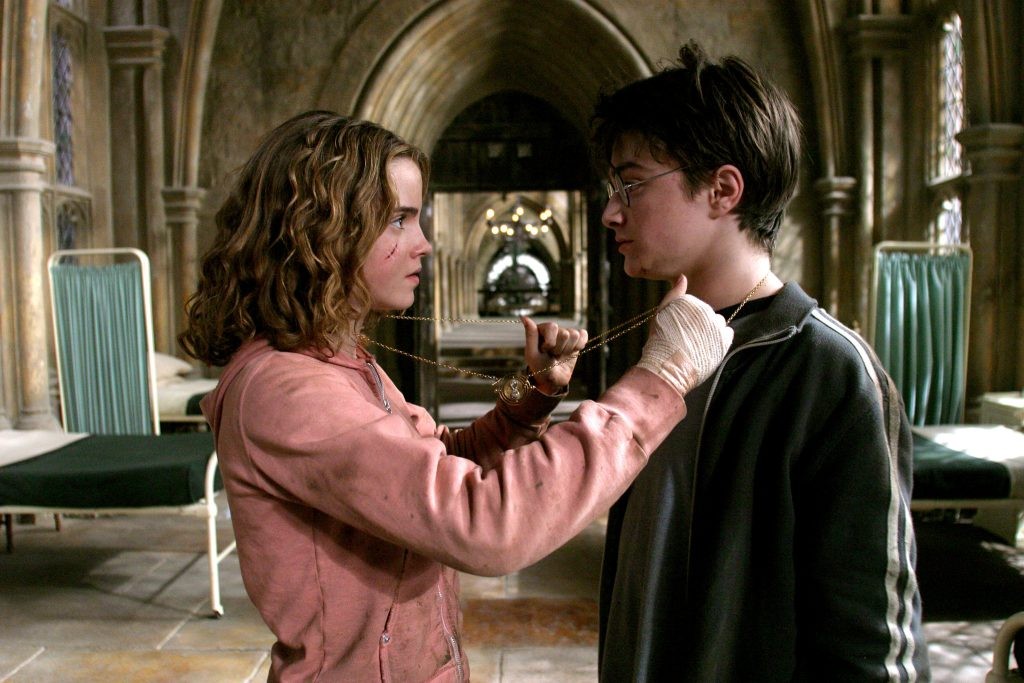
I do love that third Harry Potter movie, where [we see] a stone break a vase. You don’t know why, but the scene’s fine and it doesn’t take you out of it. Then when you come back around [during the time travel] and you realize that They had thrown it at themselves, I do love that.
Thereafter, the elegant mechanics of Daniel Radcliffe and Emma Watson‘s time-turner scene from Harry Potter proved to be a profound source of inspiration for the creators of Avengers: Endgame. Taken aback by how flawlessly JK Rowling managed to integrate time travel into the plot without creating plot holes or confusing the audience, Christopher Markus and Stephen McFeely thus ingrained it into the MCU storyline.
Similarities and Contrast Between Time Travel in Harry Potter and MCU Storyline
However, despite implementing the time travel segment in the MCU from the Harry Potter franchise, the Marvel screenwriters added a hint of authenticity to it. Therefore, while Radcliffe and Watson’s scene managed to tie in the looping timelines, wherein they didn’t change anything and instead fixed things outside of their early perspective without being seen, Avengers: Endgame played with the idea of creating a parallel universe based on every change in the past.
Meanwhile, although there are more differences than similarities between the idea of time travel in MCU and the Wizarding World, one thing that remains common in both franchises is how they introduced the concept out of nowhere. Much like in Harry Potter, it emerges with an interaction between Hermione and Dumbledore, notifying fans that hope isn’t lost; even in Avengers: Endgame the revelation about time travel appeared as an ultimate hype moment from Ant-Man.
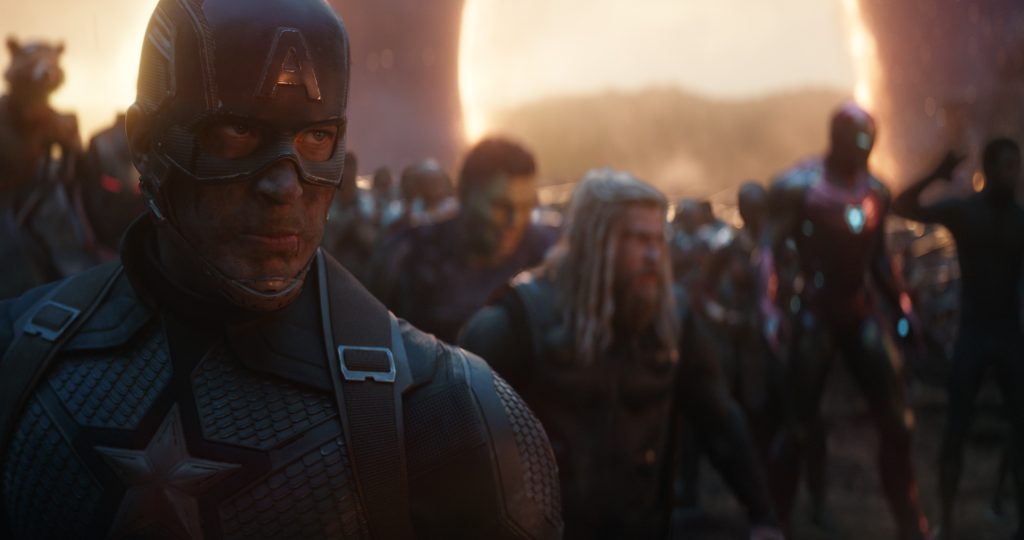
So it seems, the time-travel scene from Harry Potter and the Prisoner of Azkaban, although acted like a magical diversion at the time, eventually played a pivotal role in shaping the narrative techniques of the MCU. By providing a model for how to handle the complex theme of time travel without confusing fans, Harry Potter helped pave the way for Avengers: Endgame’s innovative approach.
Harry Potter movies are available on Max.
Avengers: Endgame is available on Disney+.




